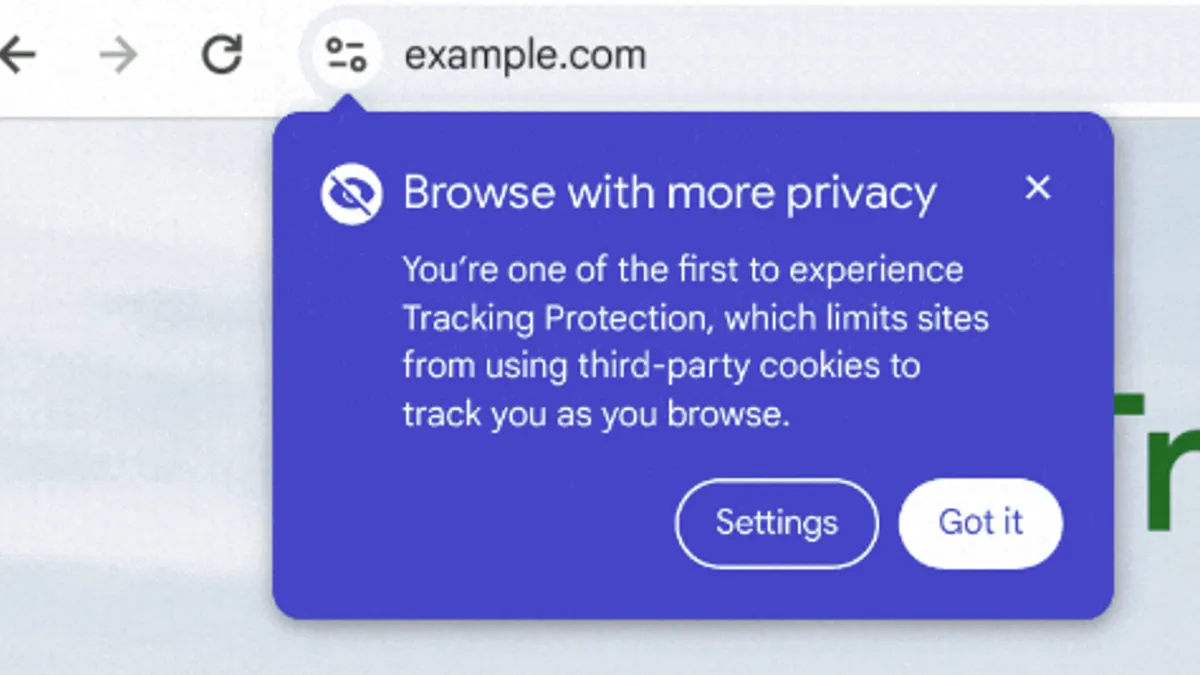Google Fully Abandons Chrome Cookie Phase-Out
Google has officially reversed its plan to phase out third-party cookies in Chrome. This marks a significant shift after years of proposing alternative tracking methods under the Privacy Sandbox initiative.
Initially slated for 2022, the phase-out was repeatedly delayed due to industry pushback and concerns about potential impacts on online advertising. Google explored various alternatives, including FLoC (Federated Learning of Cohorts) and topic-based categorization within the Privacy Sandbox. However, these solutions failed to gain widespread support.
As we’ve engaged with the ecosystem, including publishers, developers, regulators, and the ads industry, it remains clear that there are divergent perspectives on making changes that could impact the availability of third-party cookies.
Now, Google has confirmed it will maintain its current approach, allowing users to manage cookie preferences in Chrome's settings. This means advertisers can continue using third-party cookies for tracking and ad targeting as before.
What This Means for Advertisers
This decision provides much-needed clarity for advertisers who faced uncertainty about the future of online advertising. While Google's Privacy Sandbox will continue as a project, it will no longer be a mandatory replacement for cookies. This allows advertisers to maintain existing workflows and data strategies.
The abandonment of the cookie phase-out is a significant development for the digital advertising landscape. While some privacy advocates may express concerns, the decision provides stability for advertisers and ad tech partners who rely on cookies for campaign performance.
This ends a long and complex chapter for online advertising, allowing businesses to continue using established tracking methods while Google explores future privacy-focused solutions.







